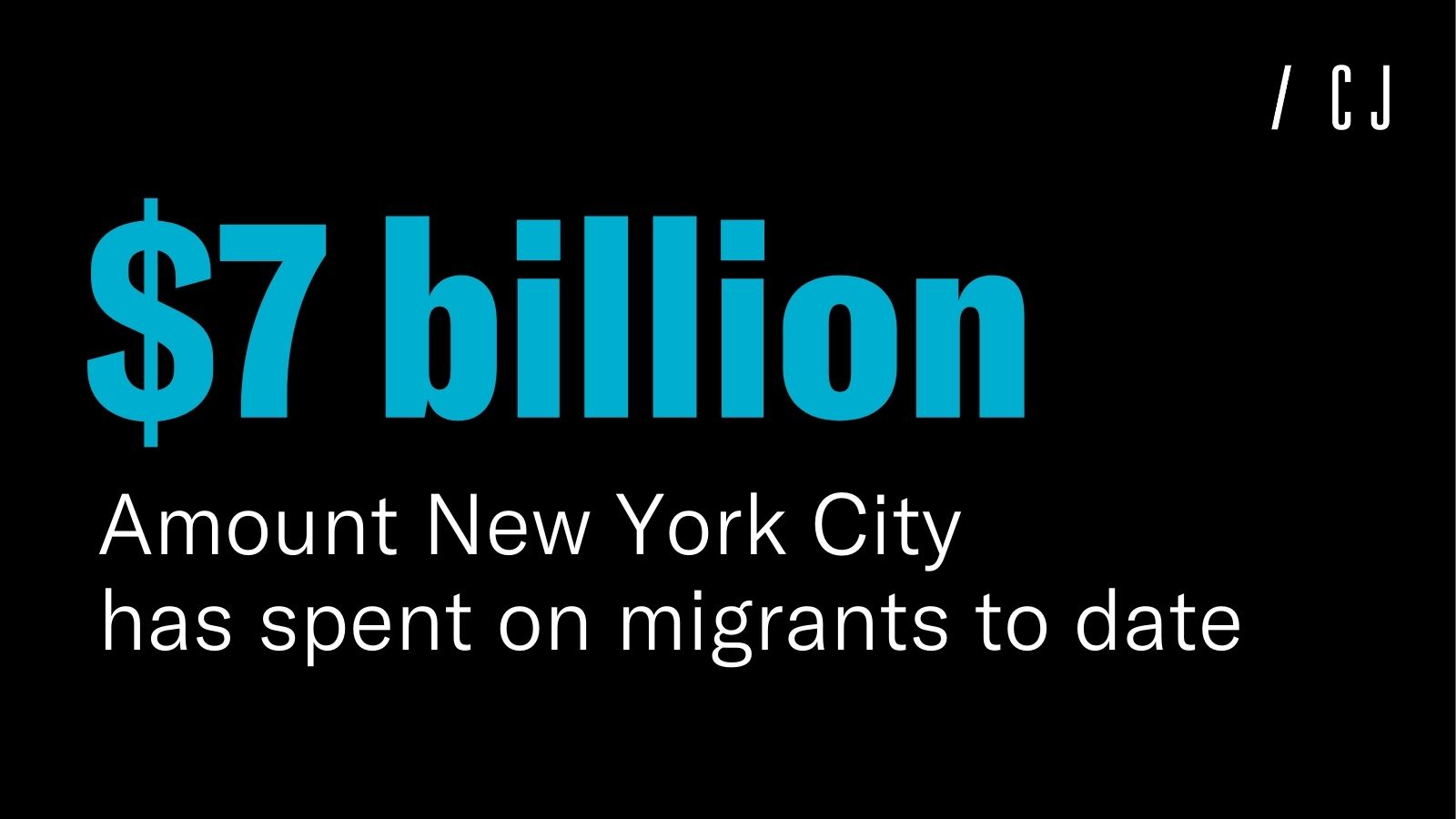|
Forwarded this email? Sign up for free to have it sent directly to your inbox. |
|
|
Good morning,
Happy Friday. Today, we’re looking at some Southern California cities’ turnaround, Andrew Cuomo’s record on crime, woke school accreditors, and a tax-code change that would support academic freedom.
Don’t forget to write to us at editors@city-journal.org with questions or comments. |
|
|
It wasn’t so long ago that the California city of Paramount, south of downtown Los Angeles, was described as one of the worst cities in America.
Today, though, the area is thriving. One sees no broken-down storefronts, graffiti, or homeless encampments. Instead, downtown is filled with restaurants and shops, and neighborhoods are surrounded by white picket fences and flower beds. The city has maintained budget surpluses and lower crime rates. The hospital, education, small industrial, and retail sectors have enjoyed job growth, and wages are higher than the L.A. County average. Schools boast higher graduation rates. What is going on?
“Much of this success stems from the city’s strong community spirit and close collaboration between local government, businesses, and schools,” write Joel Kotkin and M. Andrew Moshier. It’s happening in other cities in the region, too. Read how they’ve transformed and what it means for their residents. |
|
|
Andrew Cuomo is pitching himself as the mayoral candidate who will restore order to New York City. One problem, though: as governor, Cuomo signed some of the worst criminal-justice reforms in the country, from bail reform to Raise the Age. Can he convince voters to trust him on crime, or will this record sink his campaign? Manhattan Institute fellow and City Journal contributing editor Rafael A. Mangual examines the challenge Cuomo faces. Read more here.
|
|
|
In response to pressure from the Trump administration, the American Bar Association (ABA), which accredits law schools, announced that it would temporarily suspend its diversity, equity, and inclusion requirements. Congress should make this change permanent, argues Neetu Arnold, a Manhattan Institute Paulson Policy Analyst. She notes that “universities rely on accreditation to access federal funds, and organizations like the ABA have long used that leverage to push identity politics in higher education.” Read her take here.
|
|
|
Every year, donors give billions to universities, expecting to fund valuable scholarship. Instead, much of that money is swallowed by administrative overhead and ideological initiatives. Meantime, professors who challenge academic orthodoxies—like Amy Wax at Penn Law—often find their research funds revoked.
Michael Lachanski and Jonah Davids propose a simple tax-code fix: allow donations to graduate-student stipends and faculty salaries to be tax-deductible, just like gifts to universities. This reform would cut bureaucratic waste, empower donors to support individual scholars directly, and protect academic freedom from institutional overreach.
|
|
|
When you think about how animal rights activists advance their cause, what’s the first thing that comes to mind—a vegan diet, perhaps? Or maybe it’s not buying cosmetic products that have been tested on animals?
For an artist in Copenhagen, it’s animal abuse. Marco Evaristti recently opened an exhibit there called “And Now You Care?” Denmark is one of the world’s largest pork exporters, so shining a light on the country’s treatment of factory-farmed pigs would seem well intentioned. And art has long been used as a means for advocacy and protest.
But rather than painting a masterpiece or unveiling a sculpture—or even displaying some AI-generated art on a screen—Evaristti put three piglets in a cage and deprived them of food and water, with the intention of starving them to death. There’s nothing quite like doing the exact thing you’re protesting against to make a point, right?
Luckily, a friend of the artist, along with an animal rights group, stole the piglets, sparing their lives and forcing Evaristti to shut down the exhibit. Though initially indignant, Evaristti soon grew philosophical. “I thought about it for a few hours and realized that at least this way the piglets would have a happy life,” he said. The artist apparently wants to revive the exhibit, noting that he will use dead piglets next time.
|
—
If you have Face Palm candidates—embarrassing journalism or media output; cringe-worthy conduct among leaders in government, business, and cultural institutions; stories that make you shake your head—send them our way at editors@city-journal.org. We’ll publish the most instructive with a hat tip to the source.
|
|
| Photo credits: MediaNews Group/Orange County Register via Getty Images / Contributor / MediaNews Group via Getty Images
|
|
|
A quarterly magazine of urban affairs, published by the Manhattan Institute, edited by Brian C. Anderson. |
|
|
Copyright © 2025 Manhattan Institute, All rights reserved. |
|
|
|




